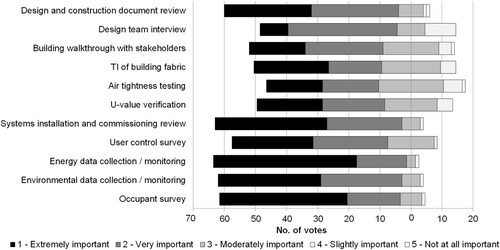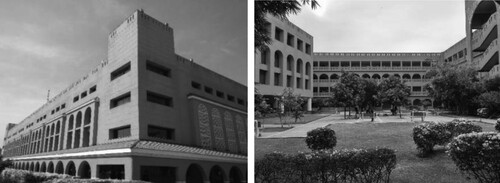Figures & data
Table 1. Building performance evaluation in an Indian context (I-BPE) framework showing the building performance evaluation (BPE) study elements and associated methods and tools.
Figure 1. Delivery routes for building performance evaluation in an Indian context (I-BPE) framework for industry and academia.

Figure 2. City, state and climate zones represented by respondents.
Note: NCT = National Capital Territory; one city, Chandigarh, is shared by both Punjab and Haryana; cities located in the cold climate zone are on the border of the cold zone and another zone; cities and states with only one representation are grouped into ‘other’ categories.
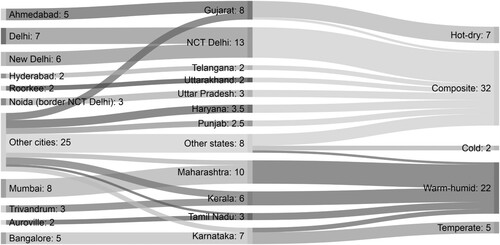
Figure 3. Professional expertise of respondents, experience in energy efficiency/green building and prior knowledge of building performance evaluation (BPE) for the respondents.
Note: Many respondents had multiple categories of professional expertise. Acad./Ind. = academic/industry professional; Arch./consult. = architect/green building consultant; Policymaker/ind. = policy-maker/industry professional. Industry refers to the building industry. Prior knowledge classifications: Limited = ‘I have only studied the concept and methods’; Moderate 1 = ‘I have some applied knowledge of the methods’; Moderate 2 = ‘I have performed at least one BPE/POE’; and Extensive = ‘I have performed more than one BPE.’
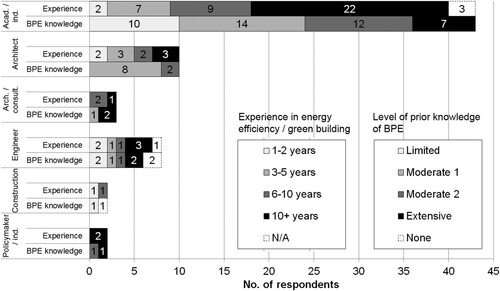
Table 2. Building performance evaluation in an Indian context (I-BPE) implementation plan for case study building.
Figure 5. Challenges for embedding building performance evaluation (BPE) in higher education (architectural, engineering).
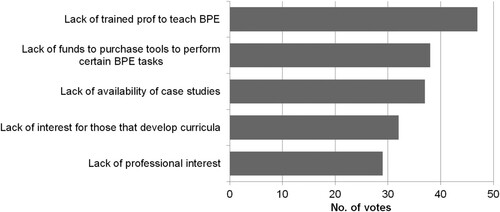
Figure 6. Scope of embedding building performance evaluation (BPE) education in undergraduate and master’s programmes (n = 66).
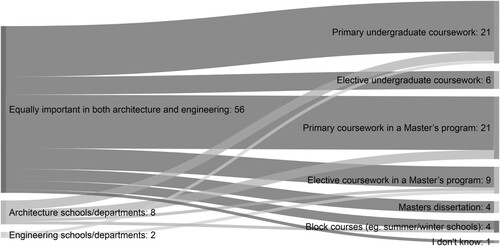
Figure 7. Relative importance of building performance evaluation (BPE) methods as perceived by the experts (n = 68).
Note: TI = thermal imaging survey.
